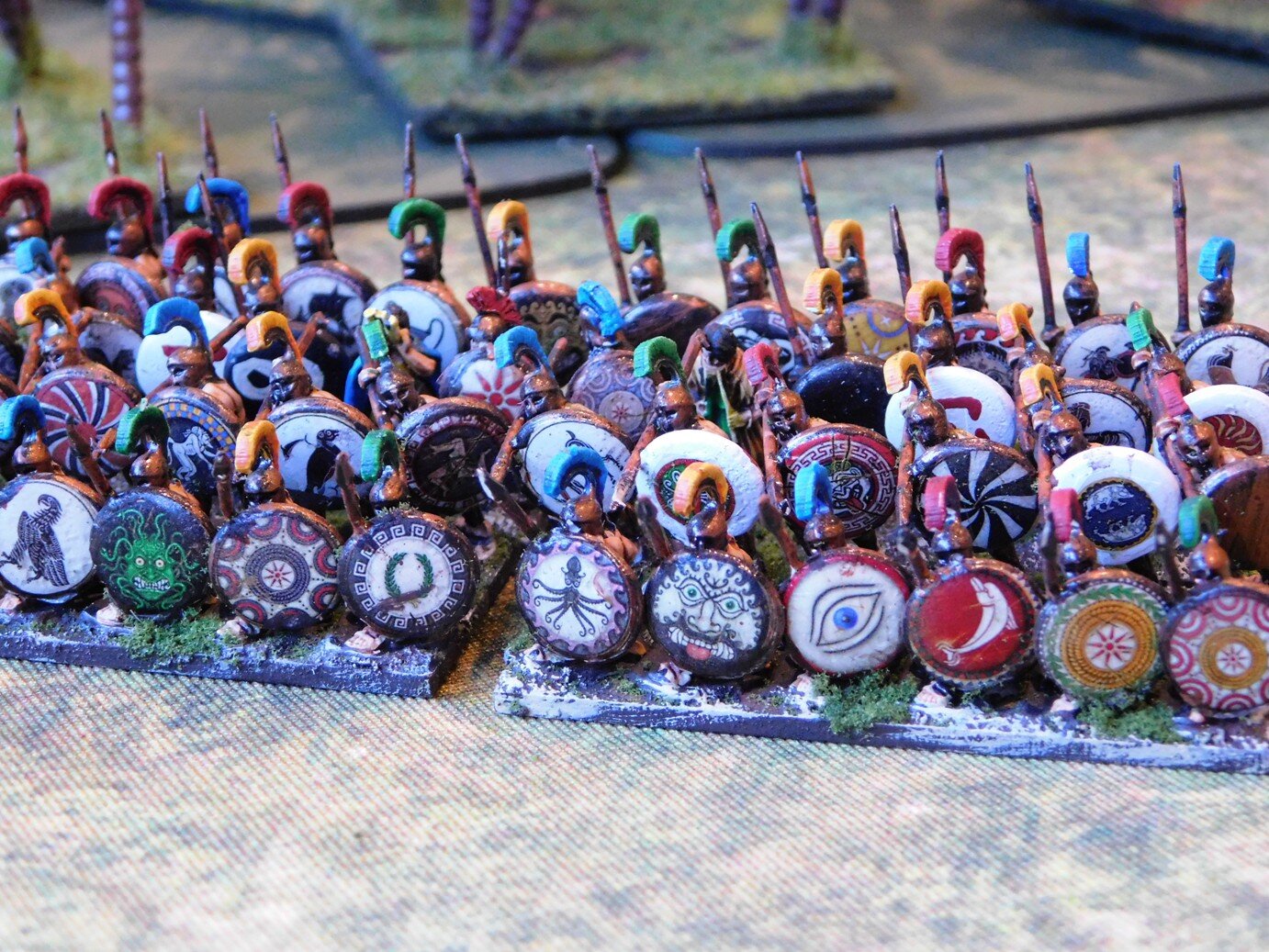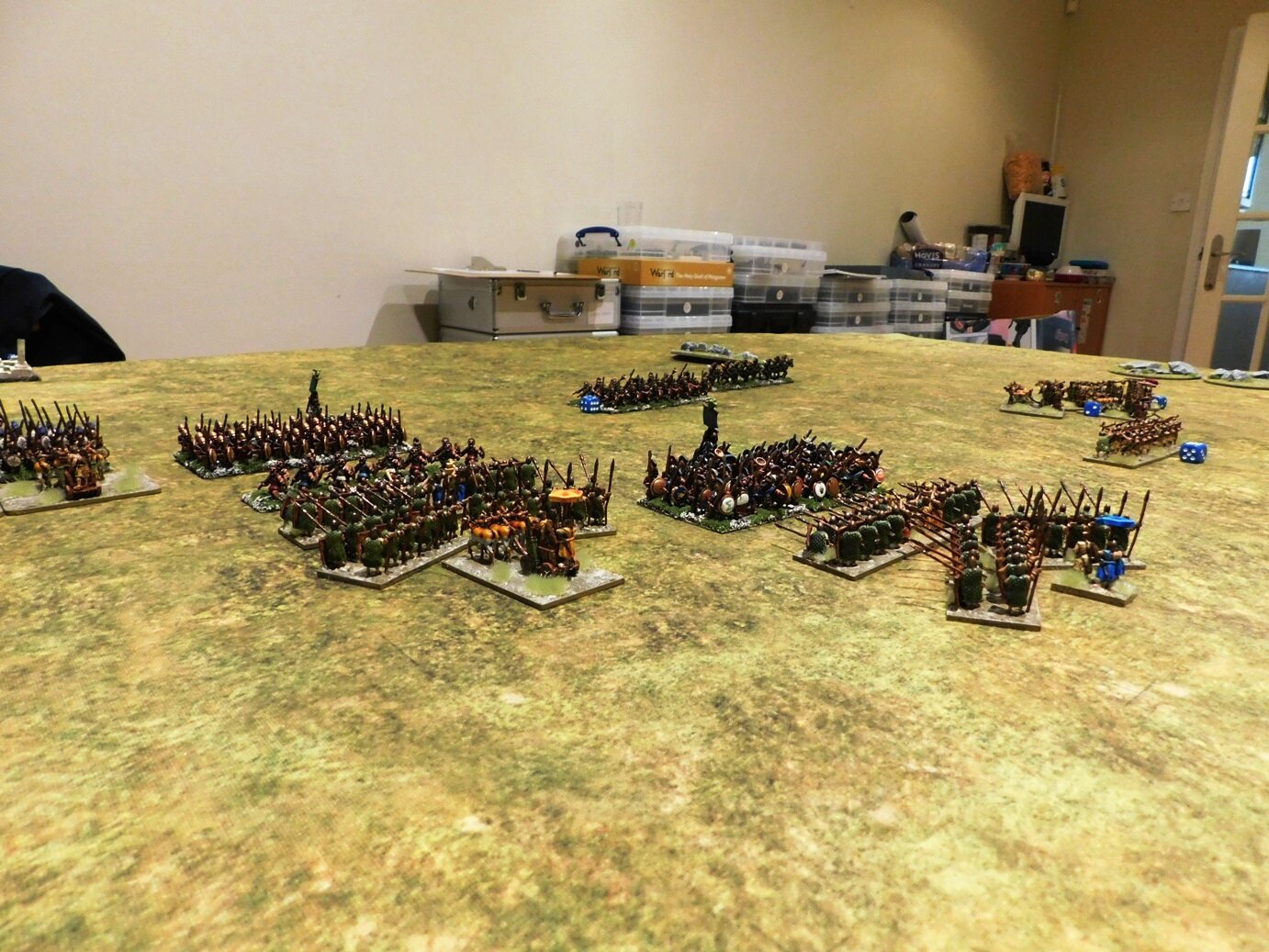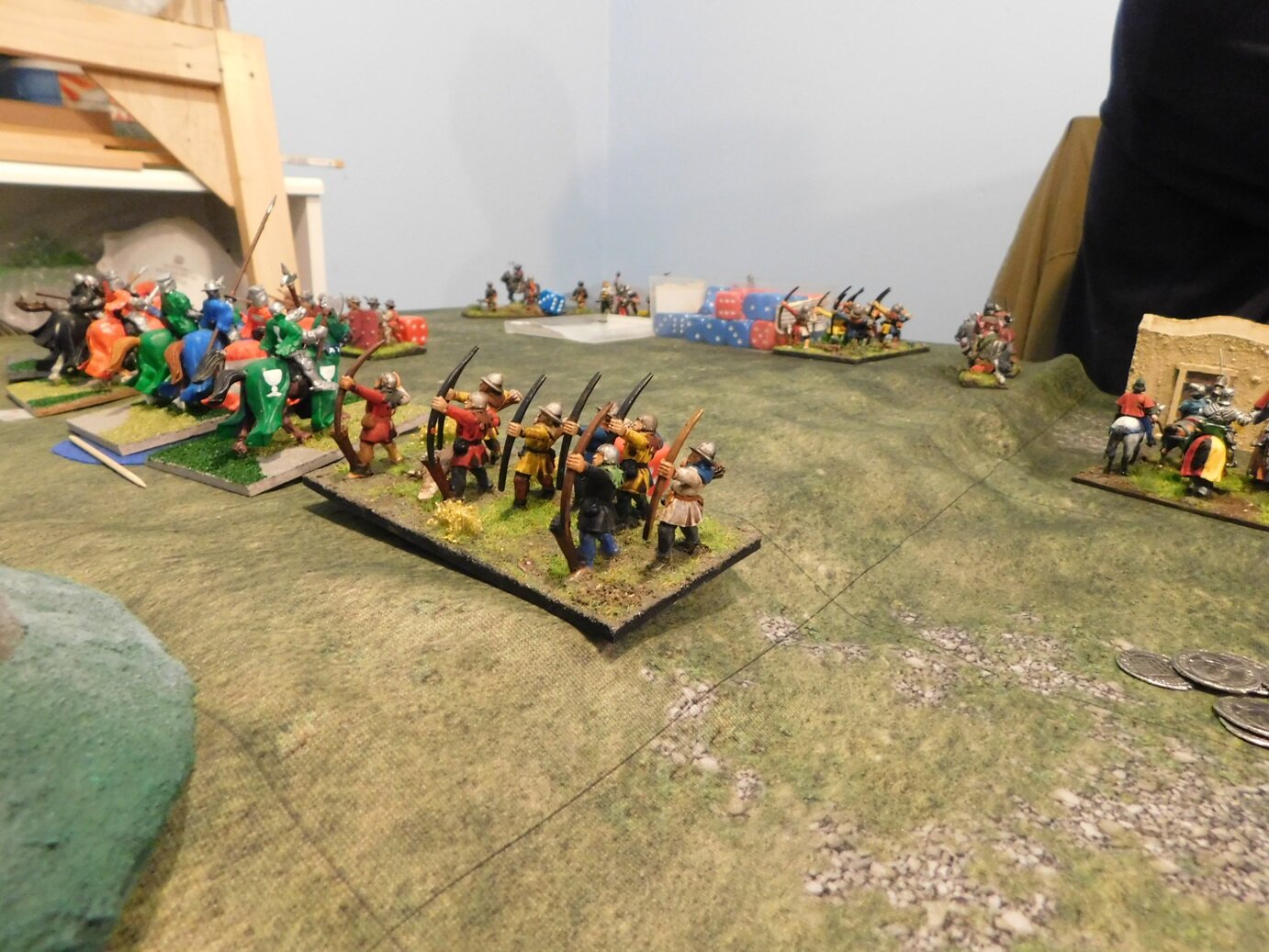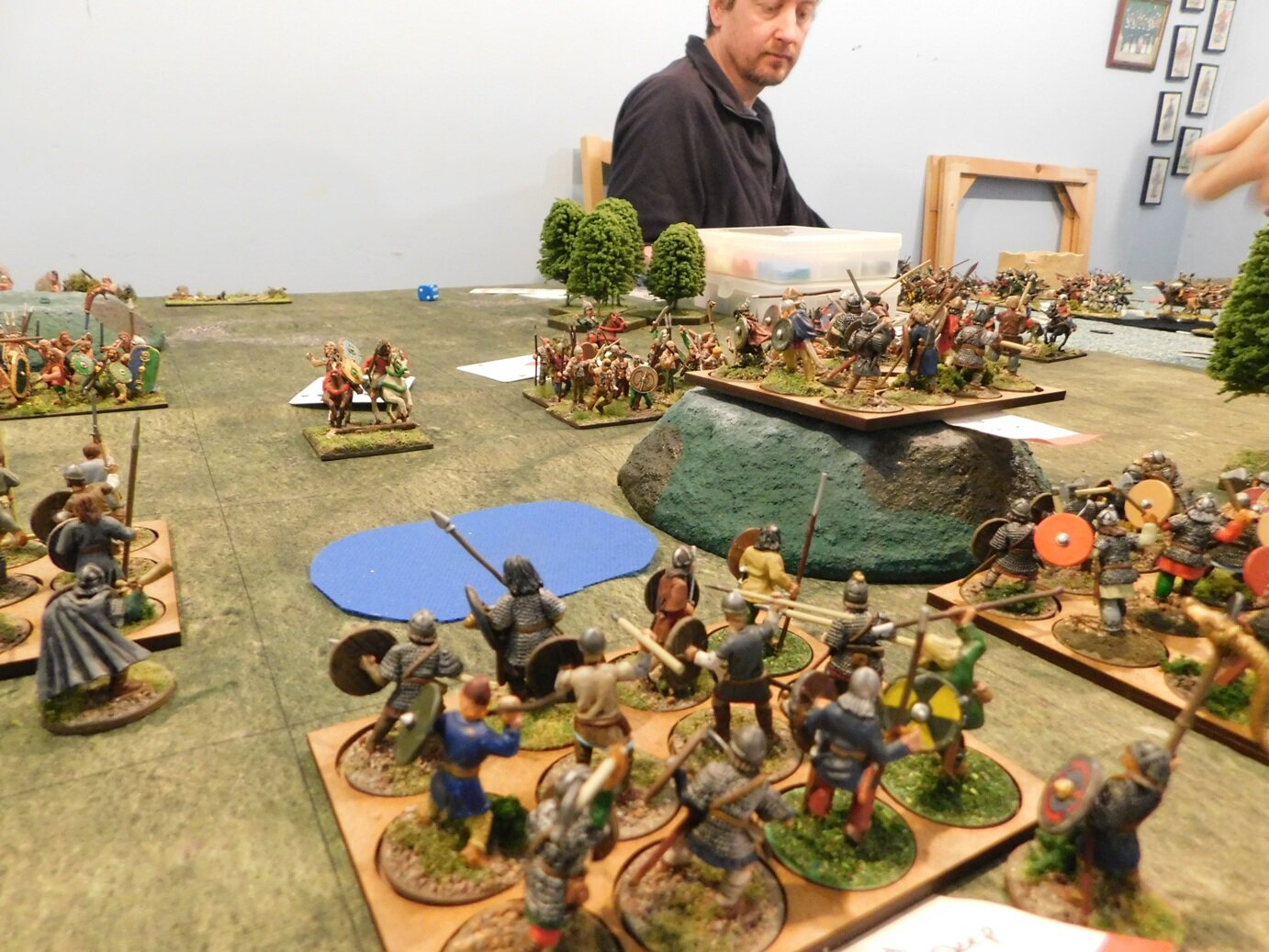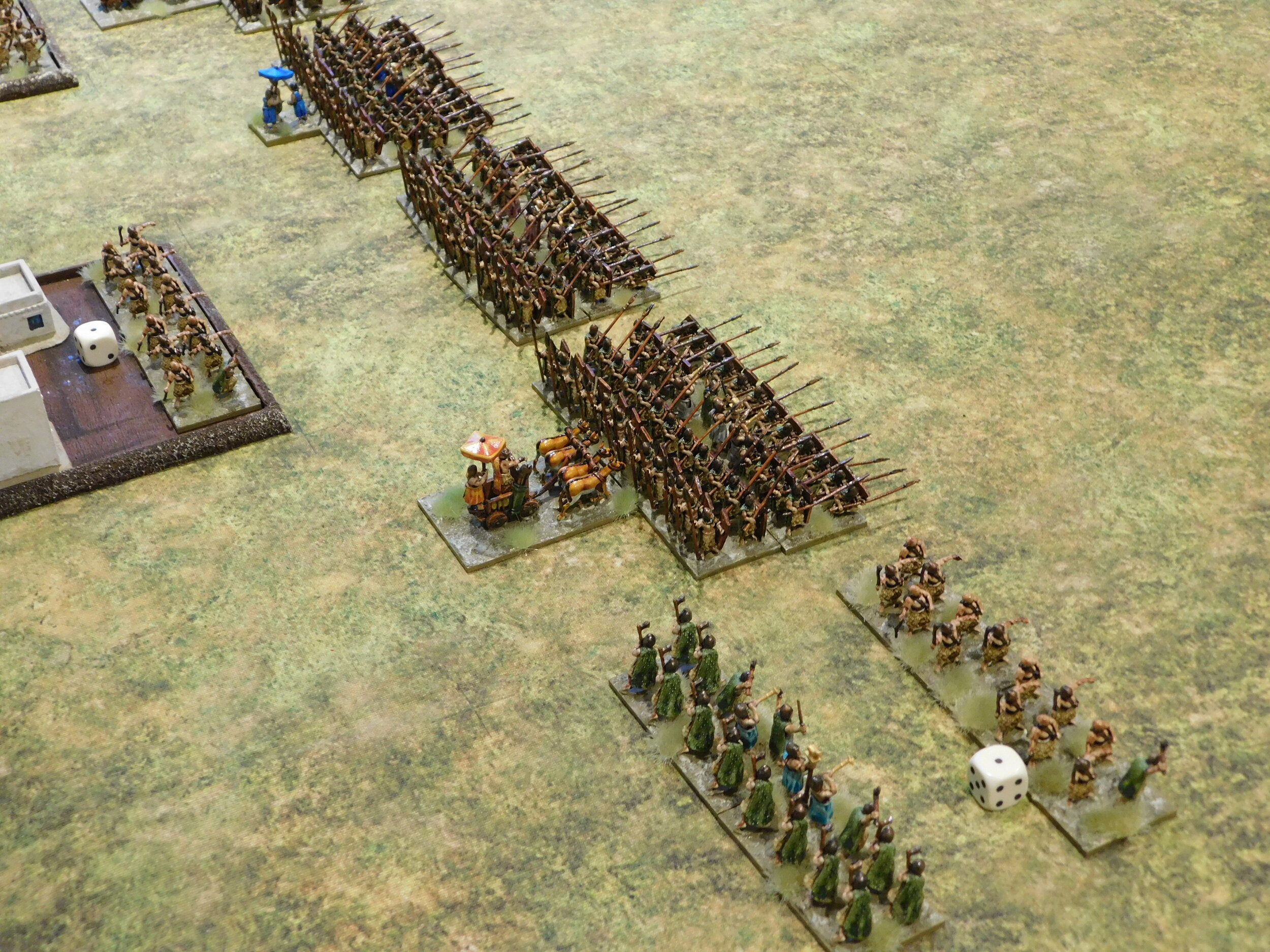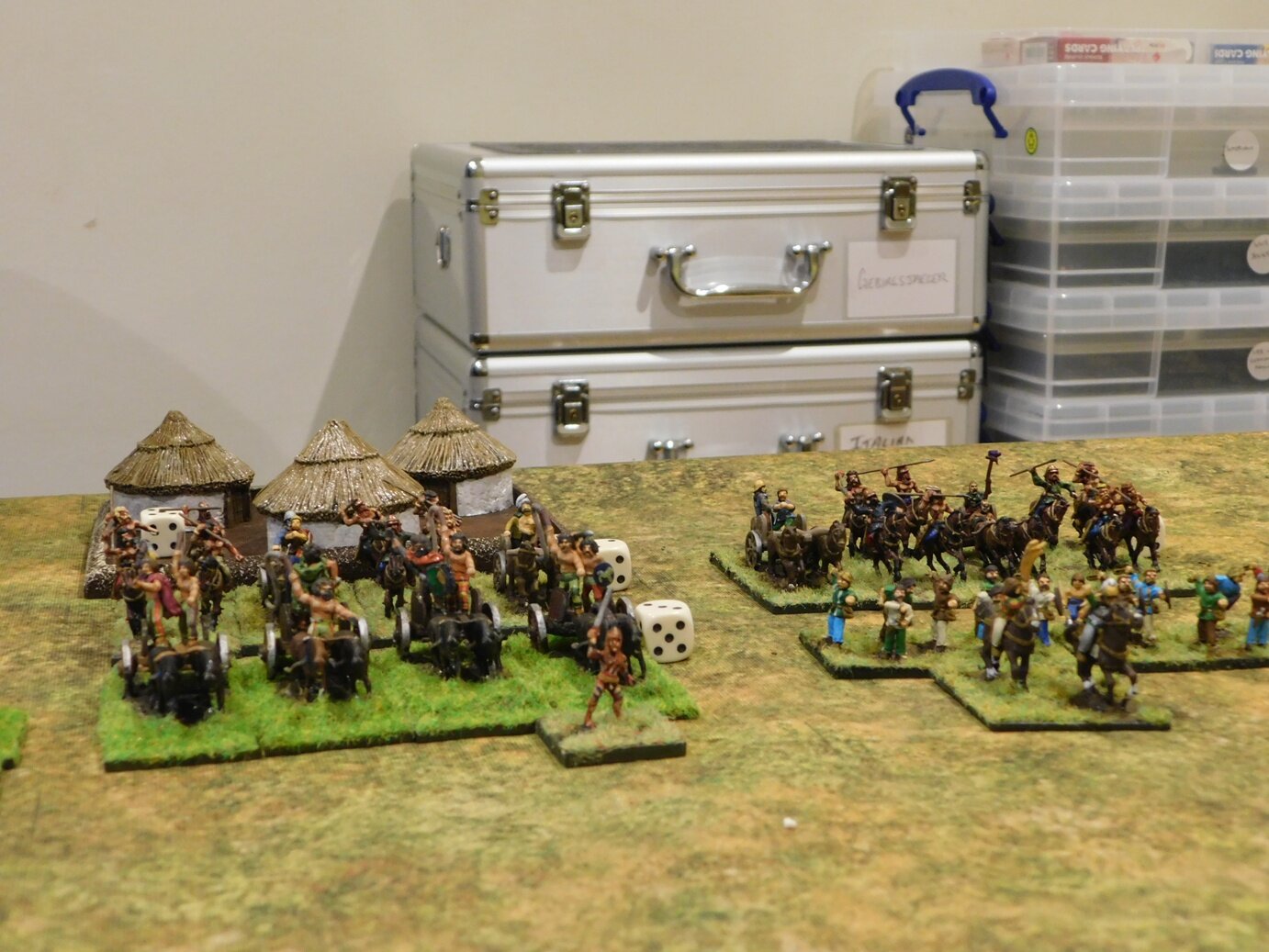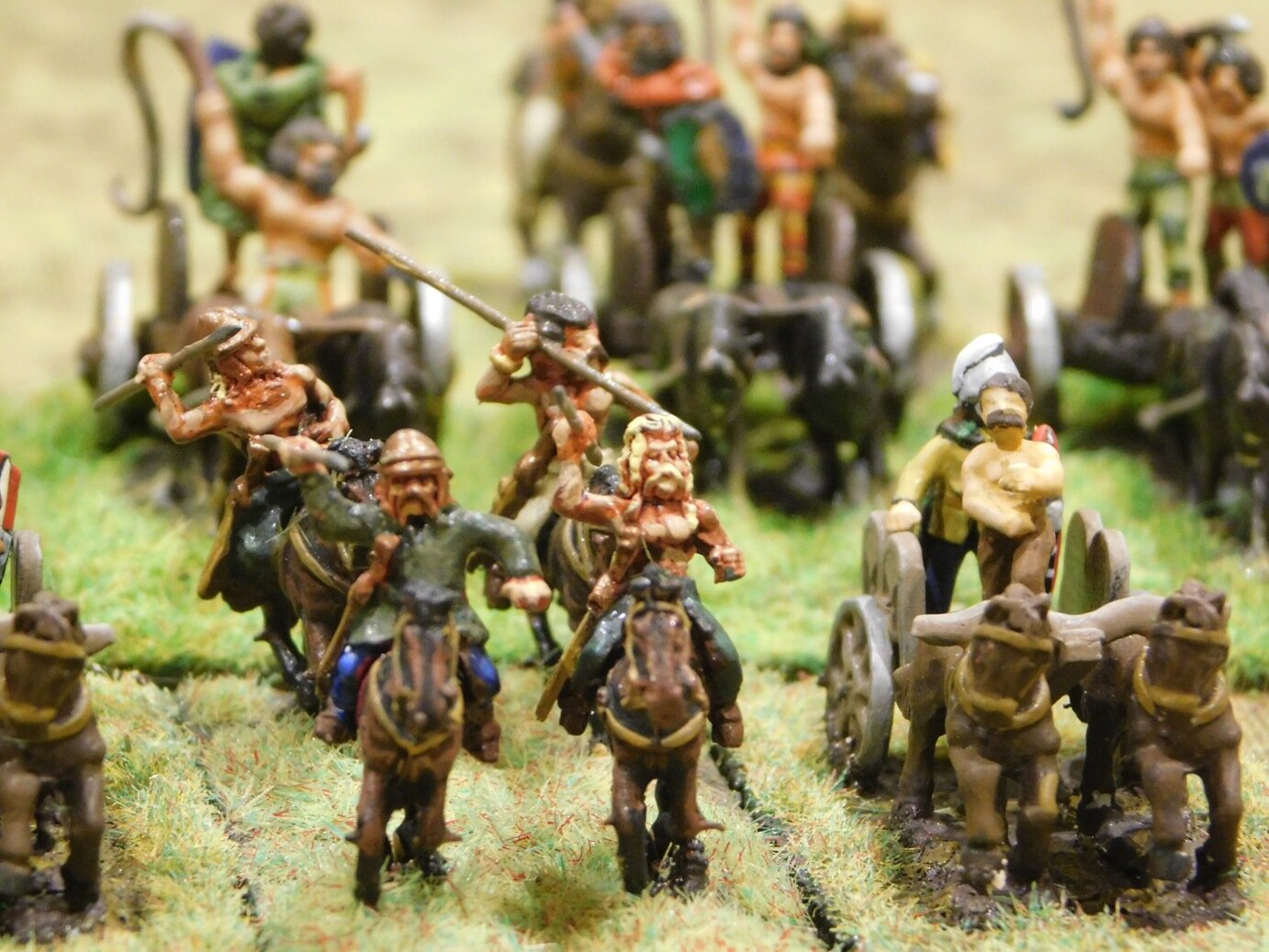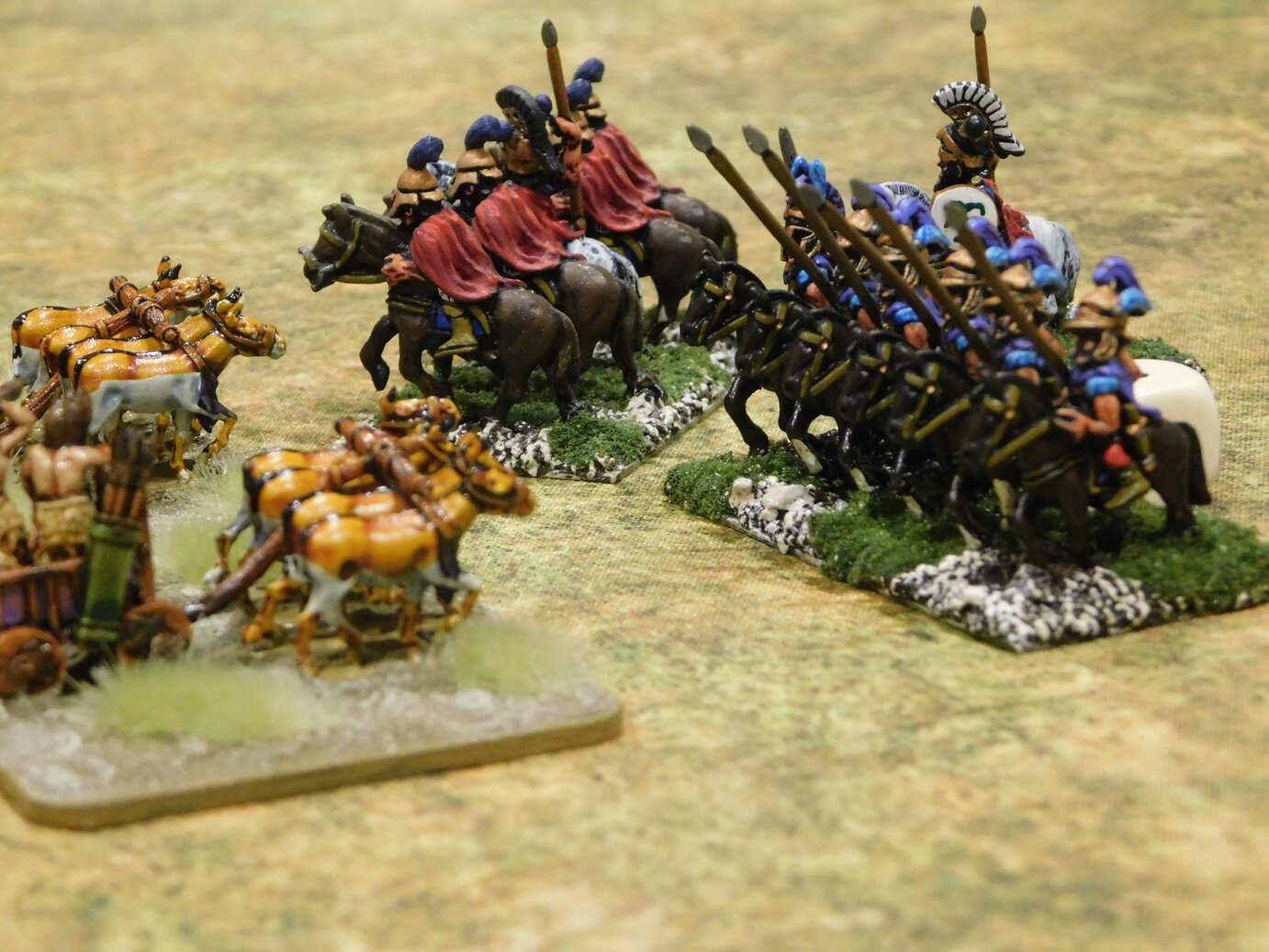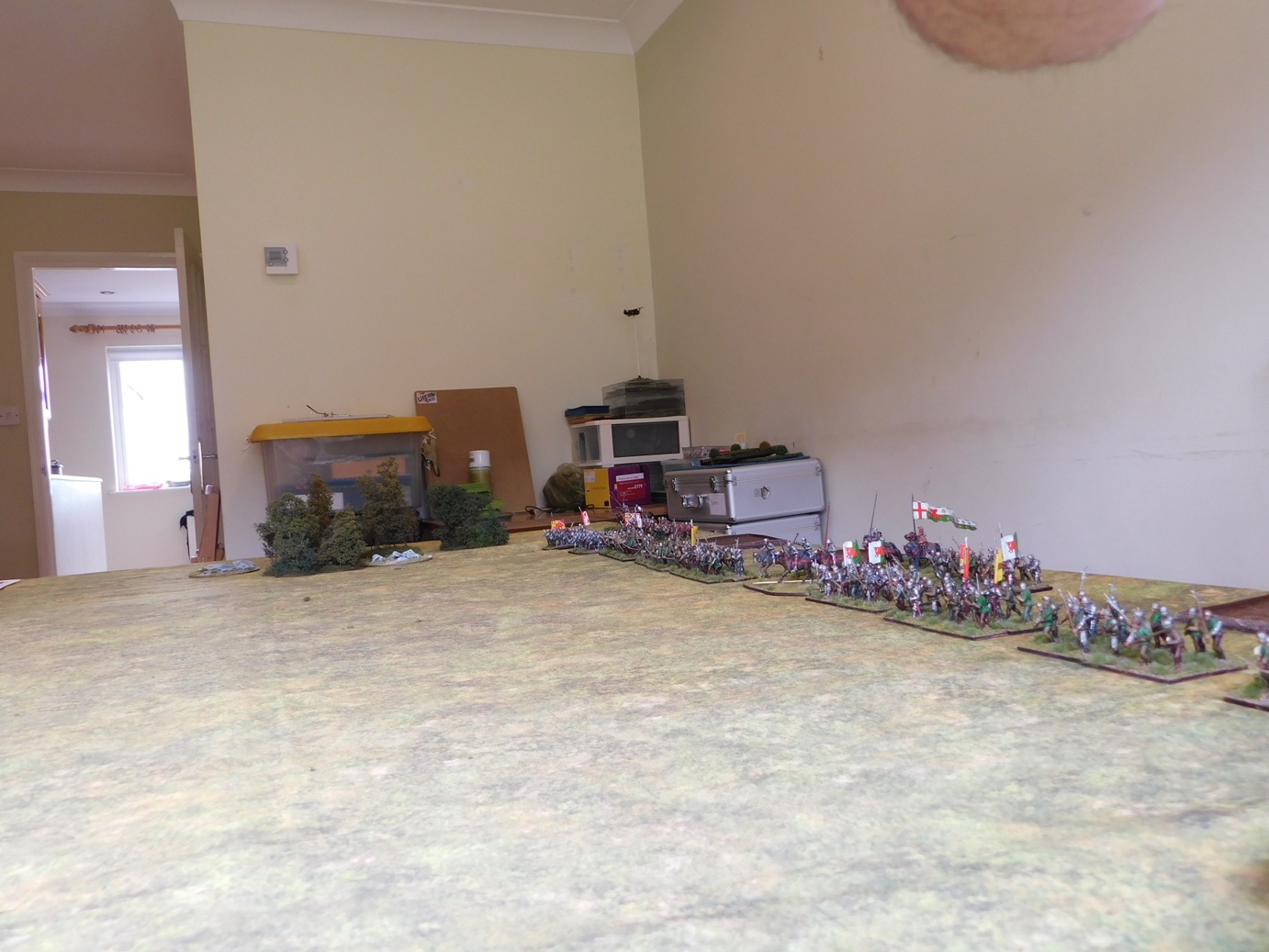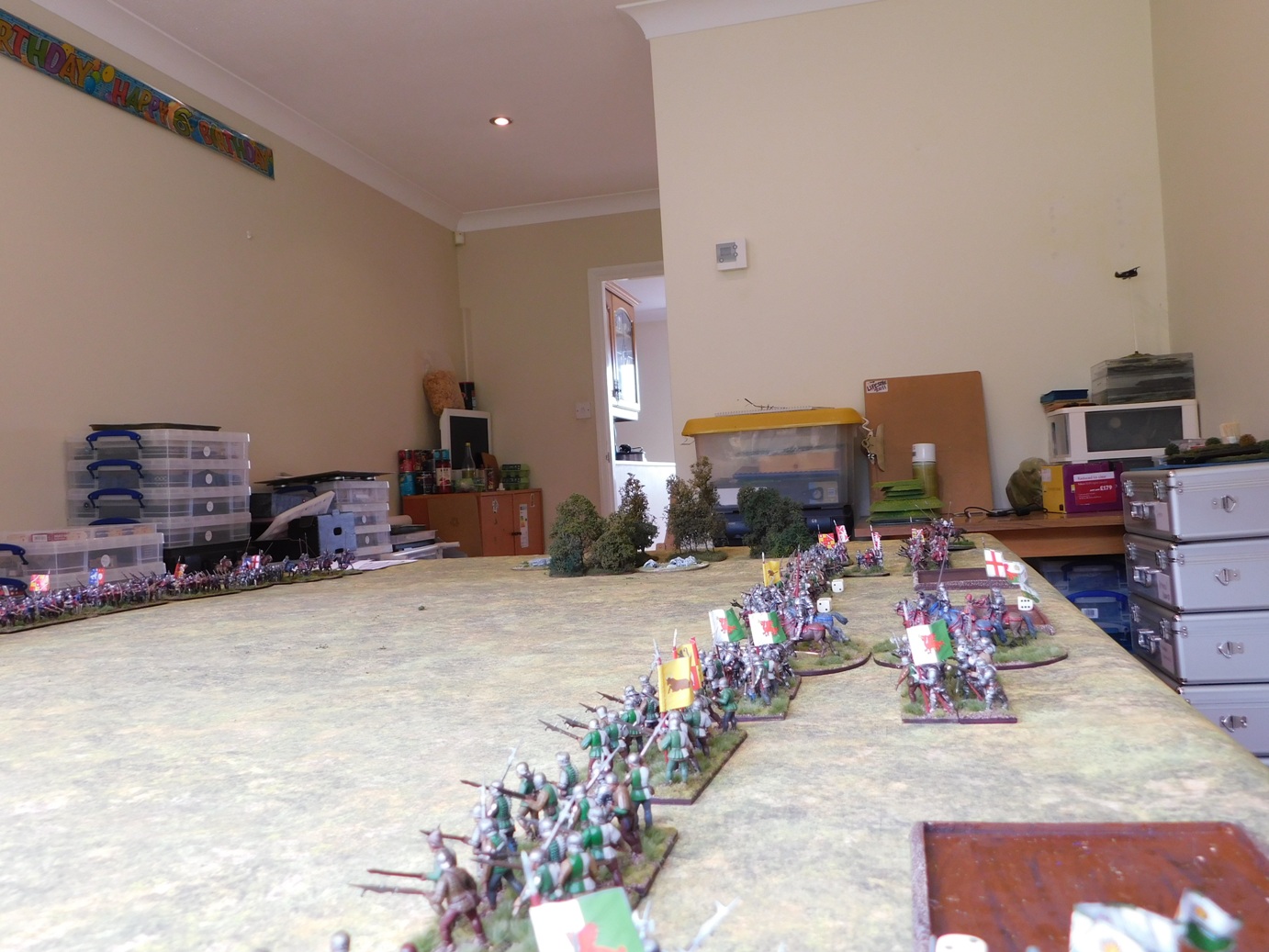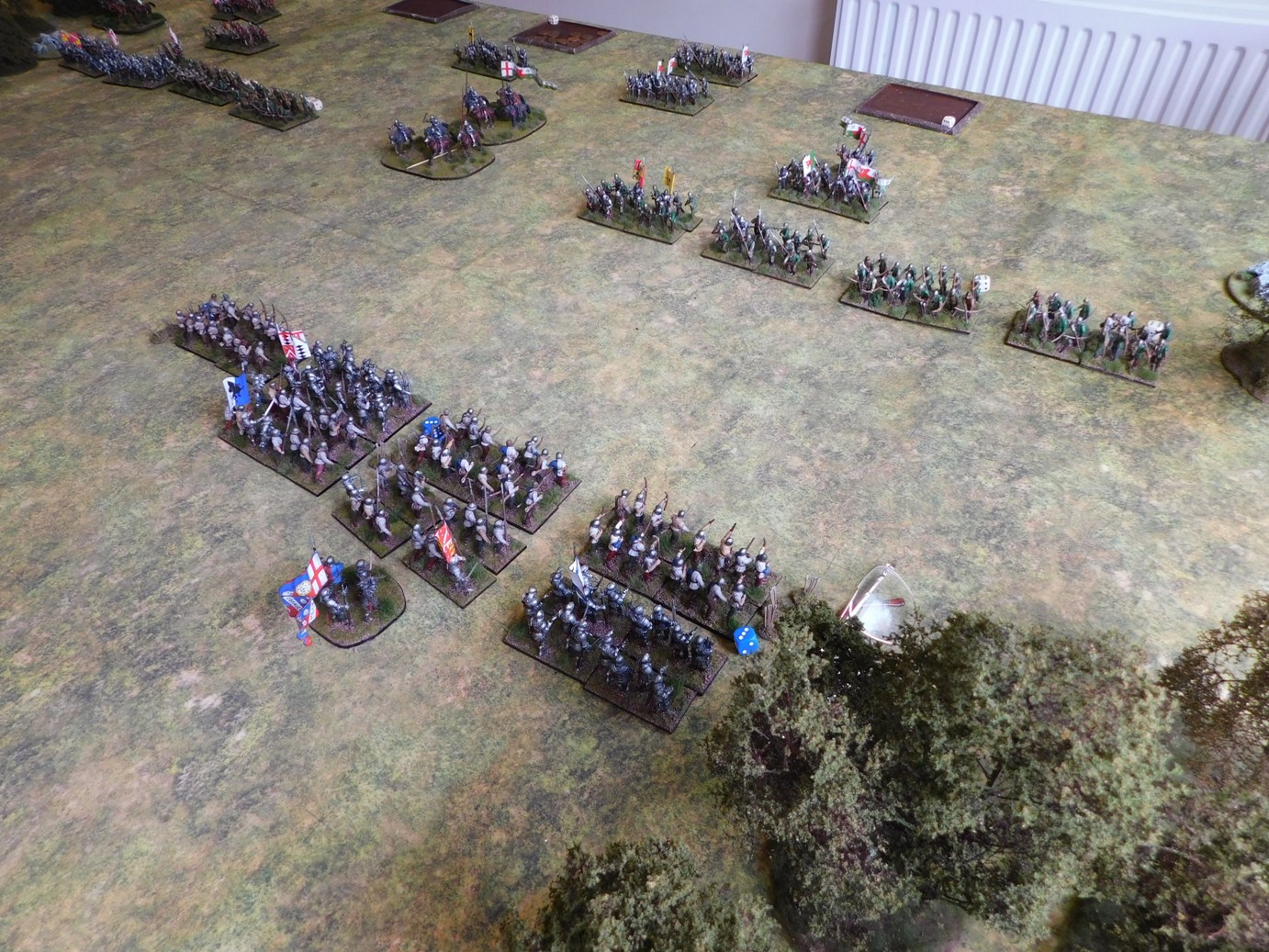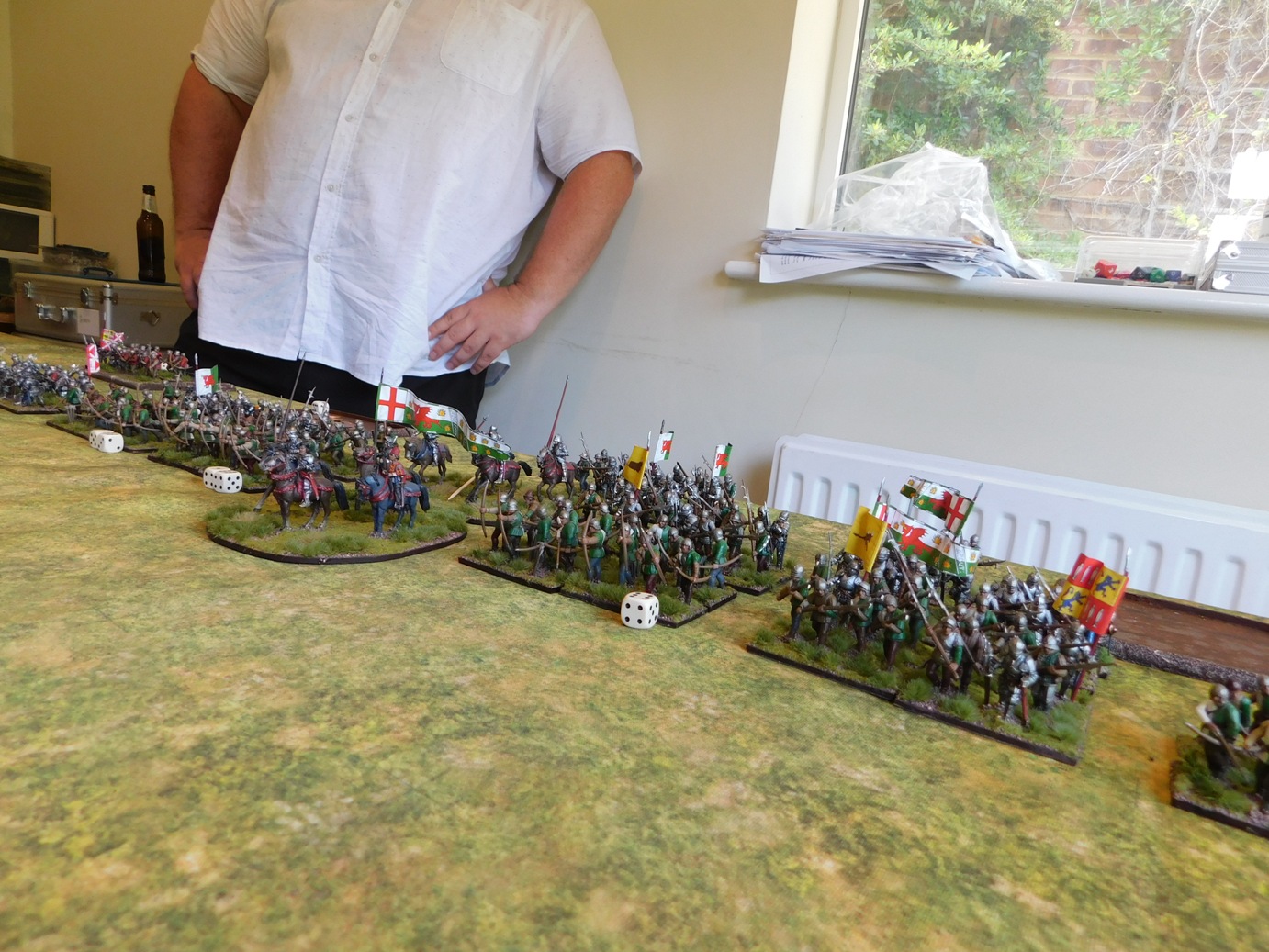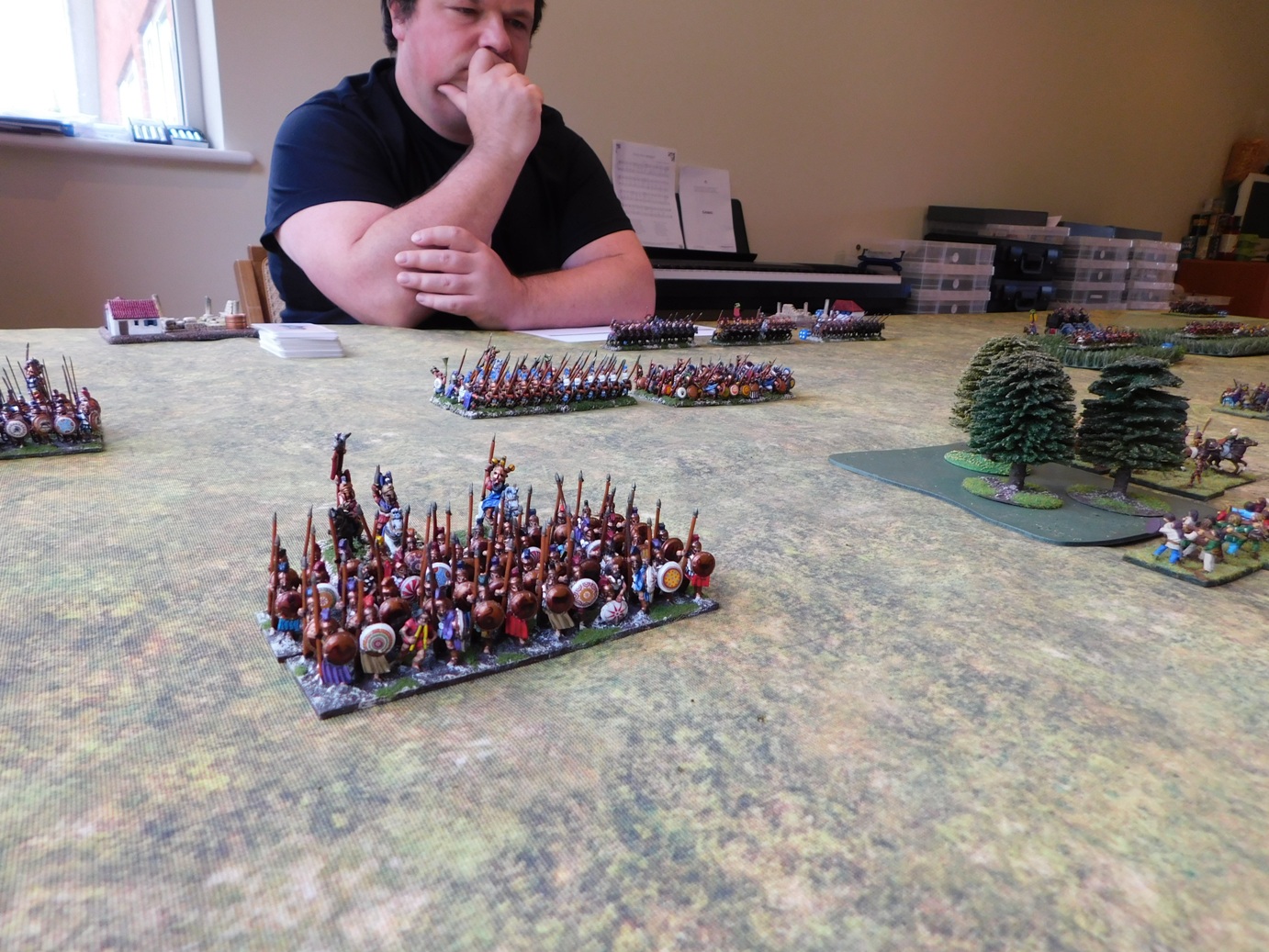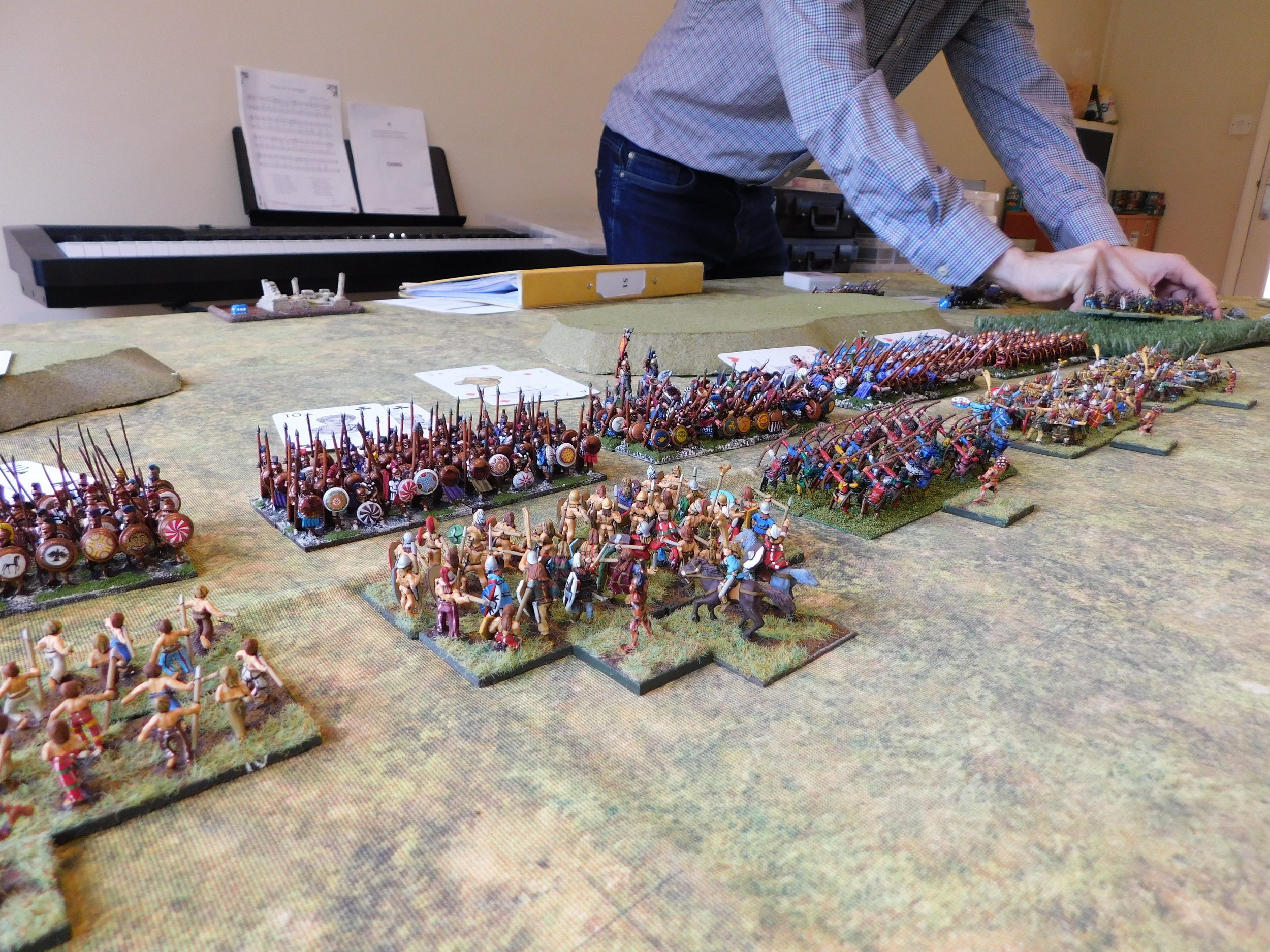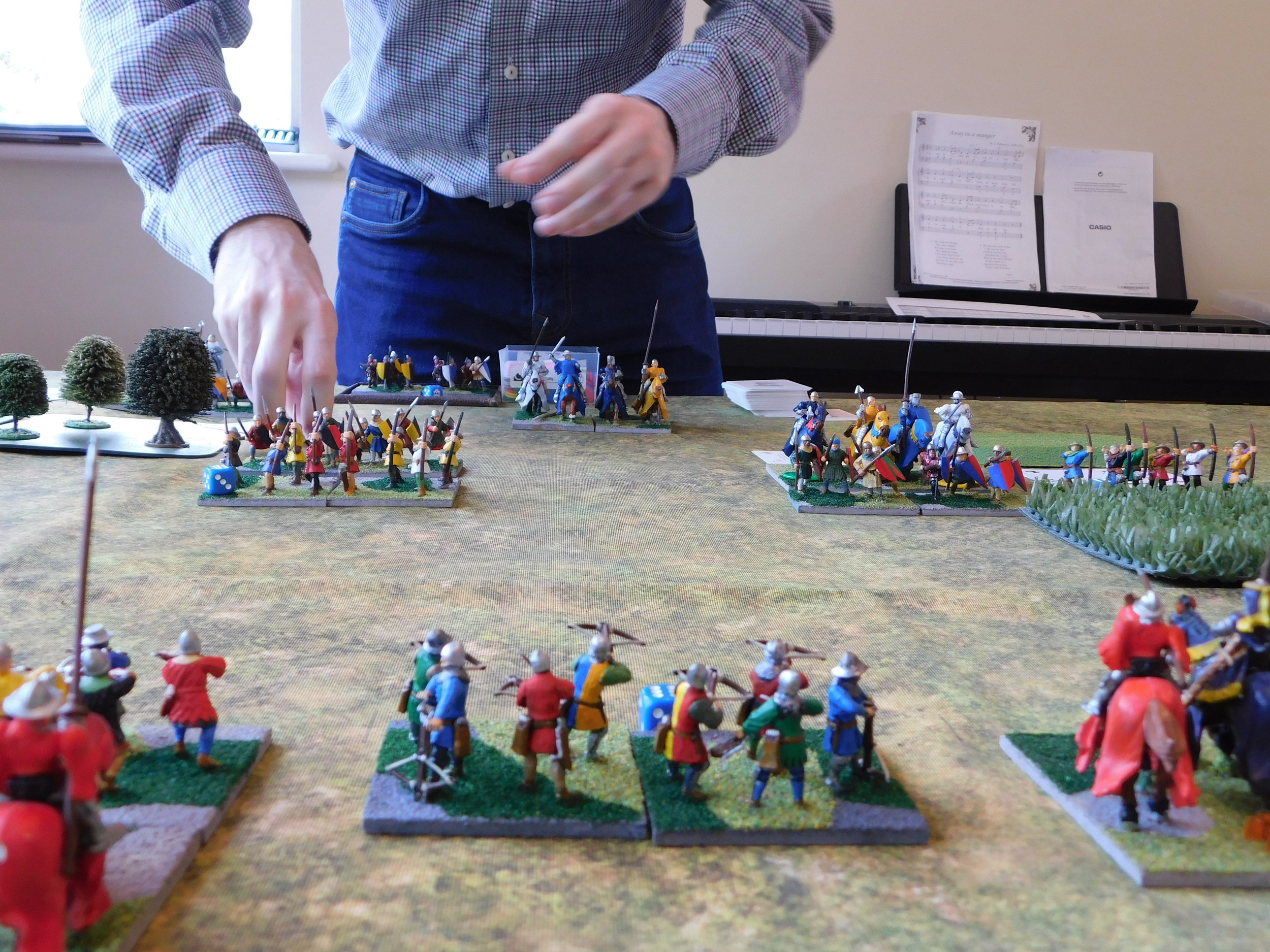First Painting of 2020
/If you’re a regular visitor to this page, then you’ll know that I have recently built a 15mm Sumerian army using Museum Miniatures’ superb “Z Range” of CAD-designed figures.
I was browsing their website wondering whether to go for their Z-range Classical Indians when I noticed that they had also released some Z-range Greek Hoplites. Now I need at least another three Hoplite spear blocks, each 48 figures strong. I actually have 48 figures from another manufacturer waiting to be painted, but doing two of the blocks towards the end of last year (i.e. 96 Hoplites) had quite put me off painting them. Those cuirasses take ages to do properly.
So I had a look and noticed that Museum produced a set of Hoplites with no clothes on and another with only a little kilt to cover their, er, dignity. Ideal: Z-range figures with no cuirass to paint! One odd thing: the Hoplites come in mixed packs of kneeling, thrusting and standing i.e. you can’t buy 48 of the same pose. Maybe I could have rung up and seen whether I could have had some custom homogeneous packs run up for me, but I thought I’d give the mixed unit a go.
Hmmm…not sure.
Good points: easy and quick to paint up, nicely animated, shield transfers from Little Big Man Studios are superb.
Bad points: I prefer my Hoplite blocks to have all the same pose, and somehow the kilts made me paint everything in prime colours instead of varying the crests and kilt colours more. At least my daughter likes my “rainbow Hoplites”!
Feel free to let me know what you think. I still need another couple of Hoplite blocks, and the Museum Miniatures ‘nearly nude’ range does make it easy to do…



